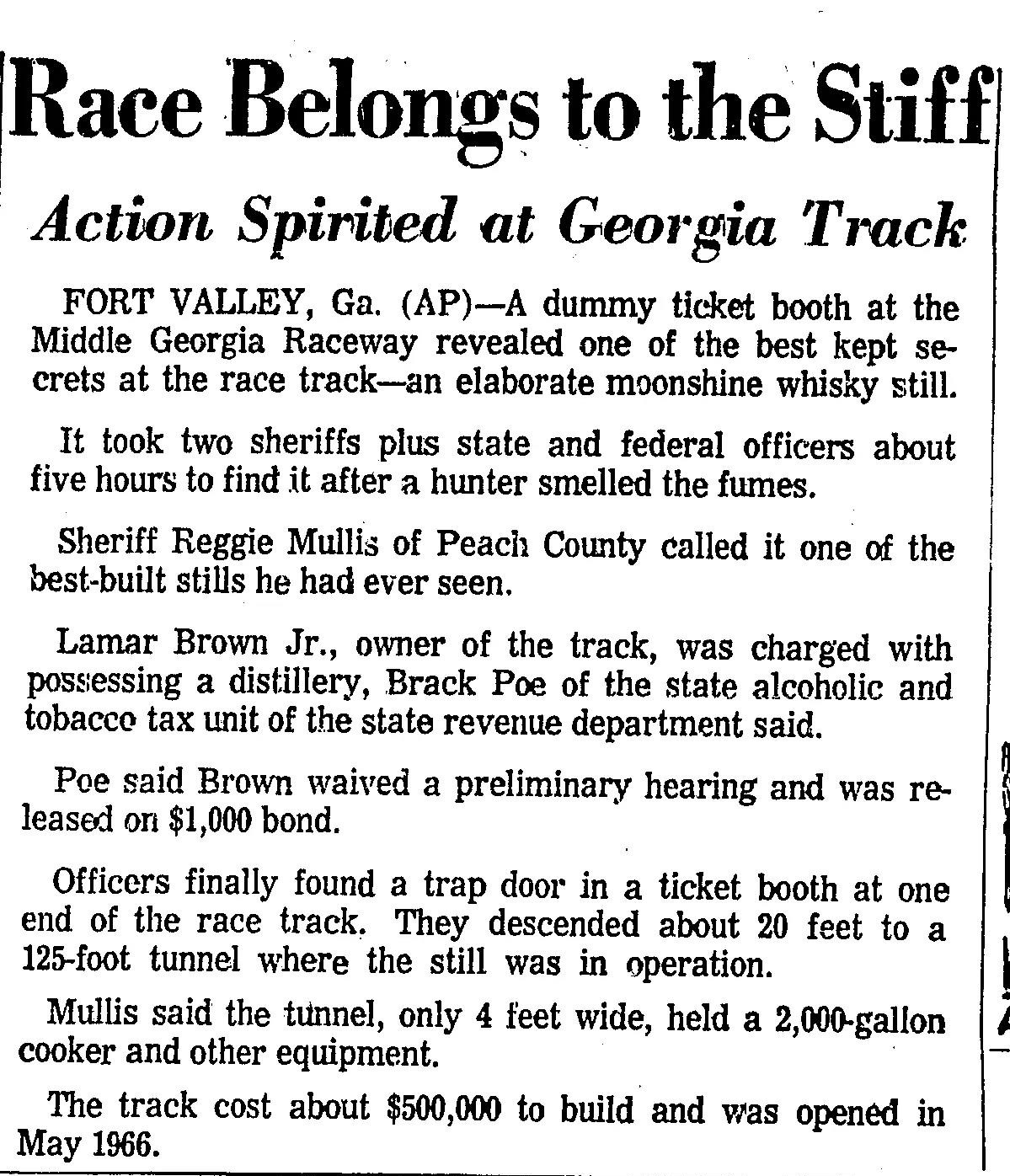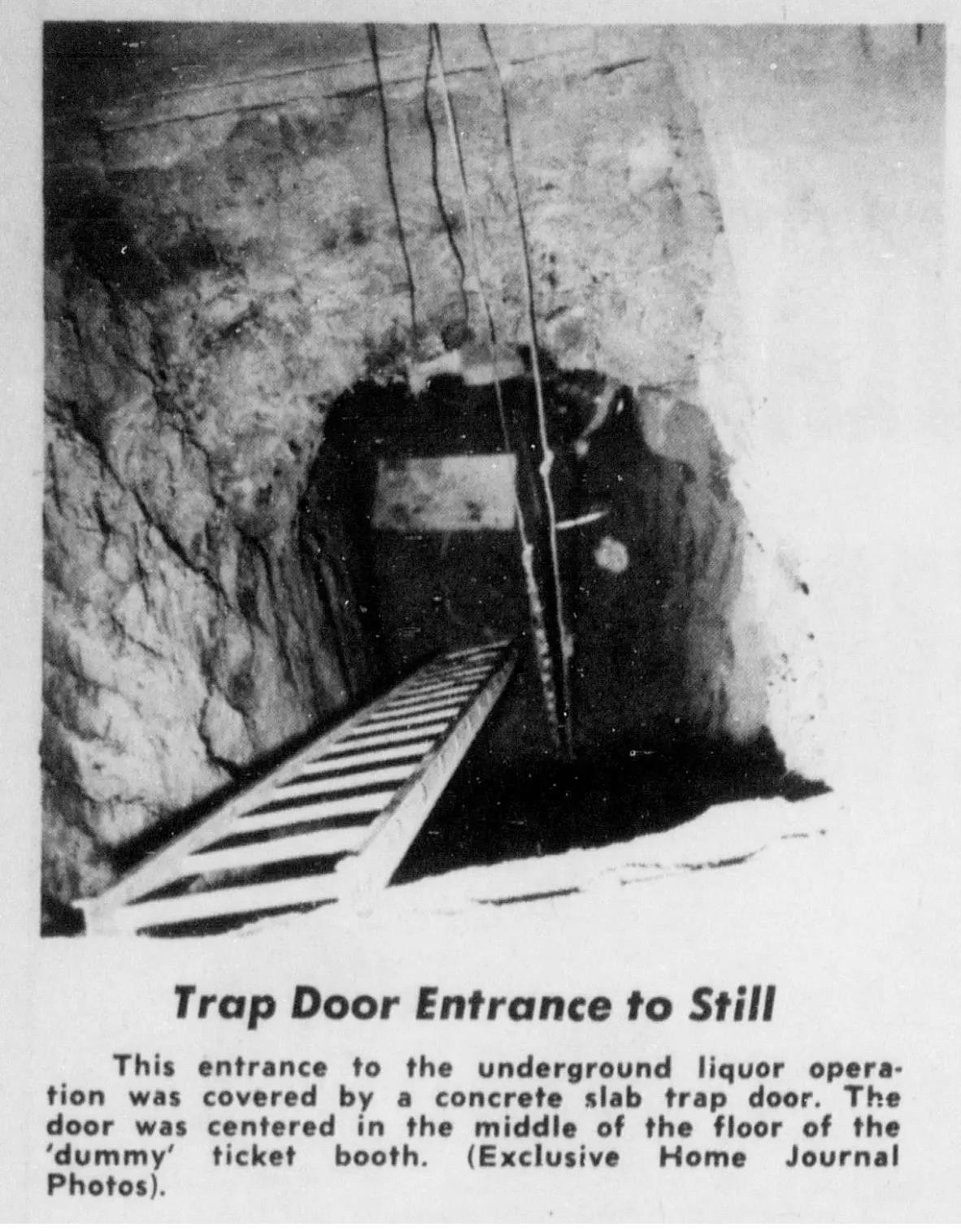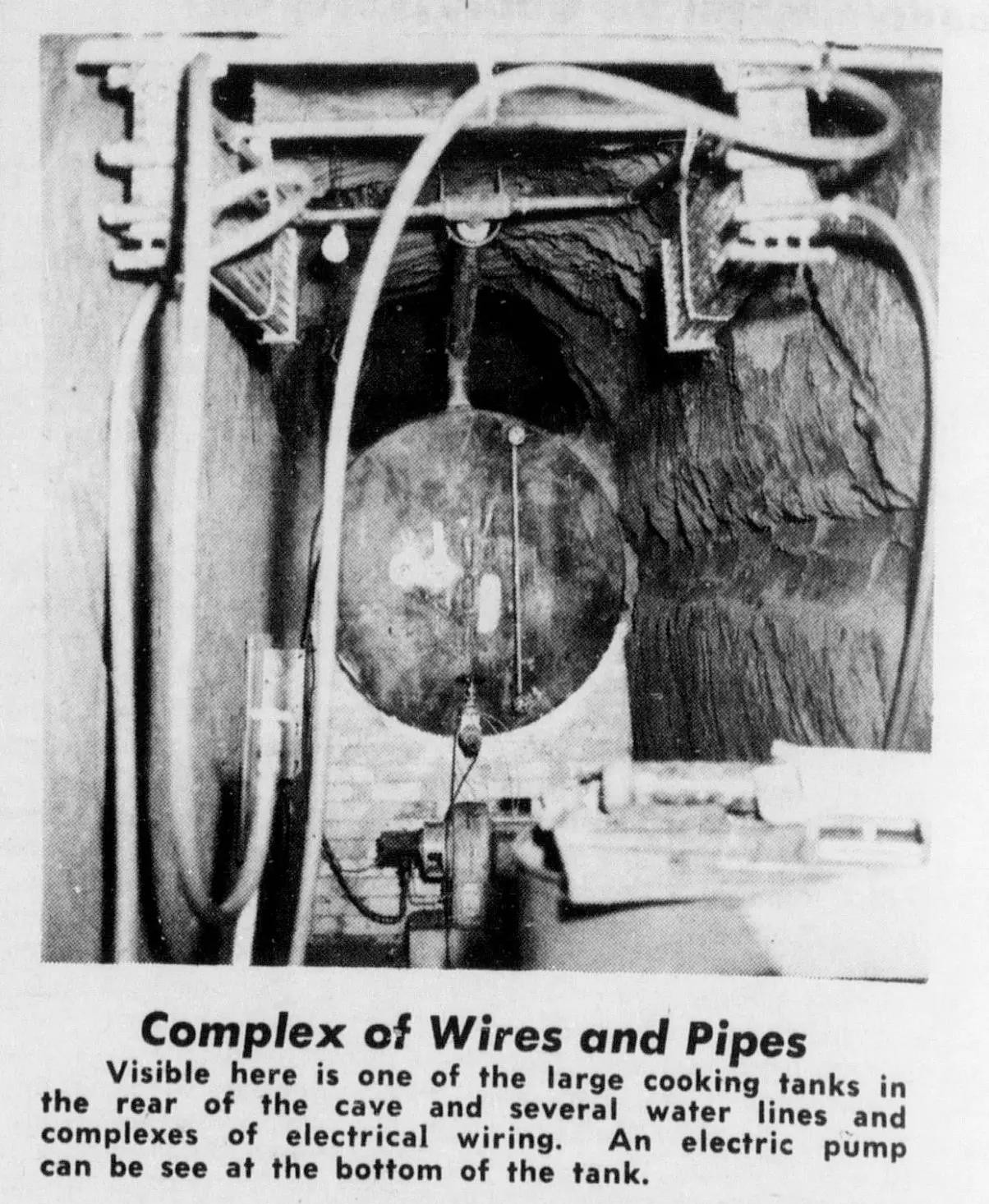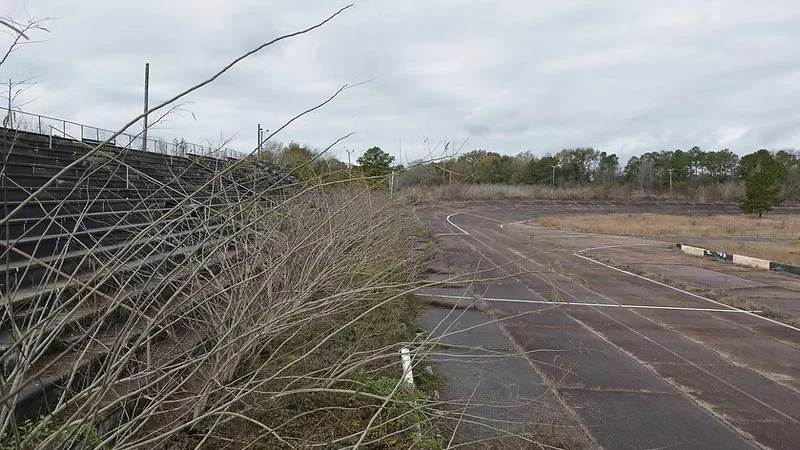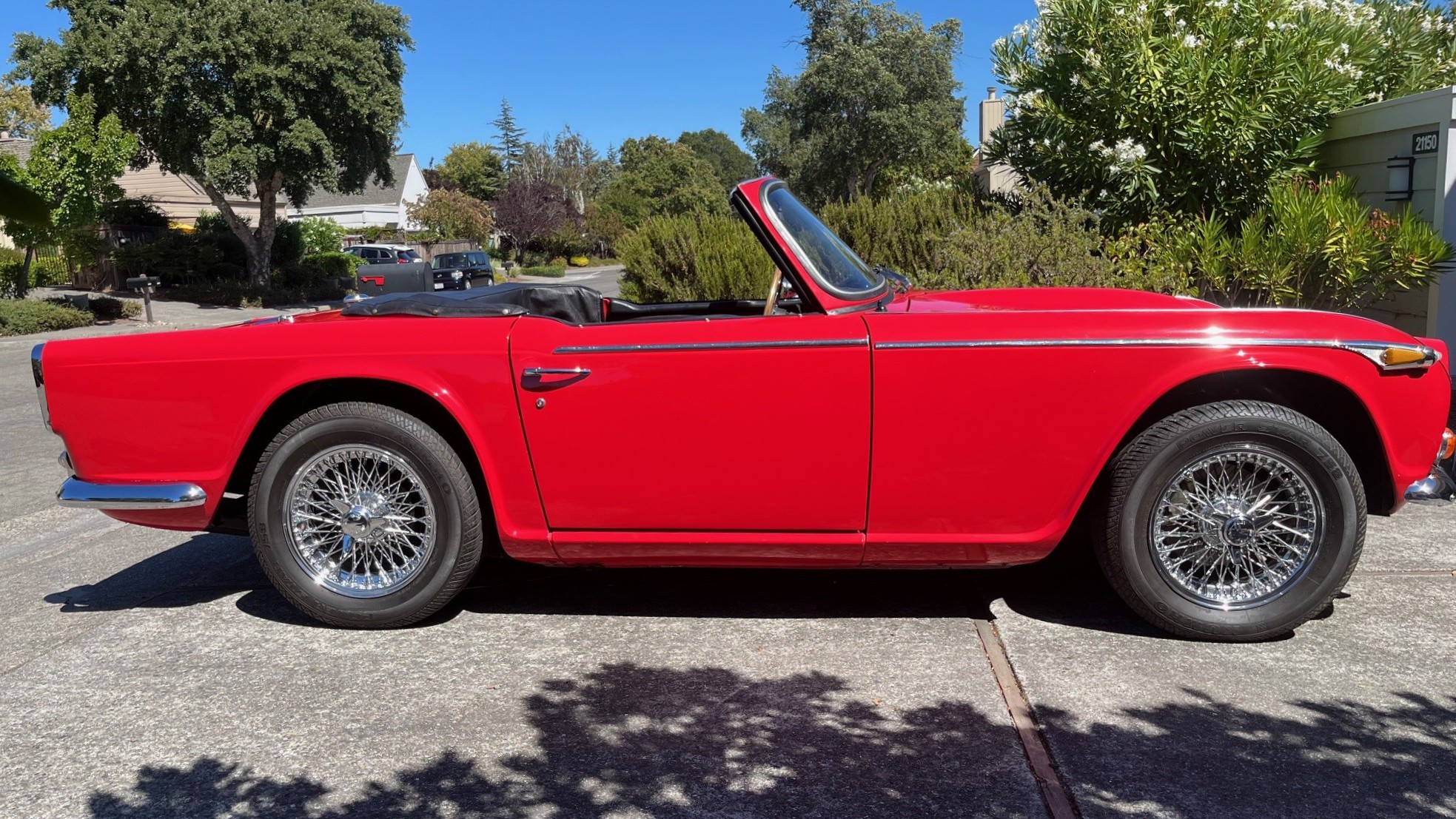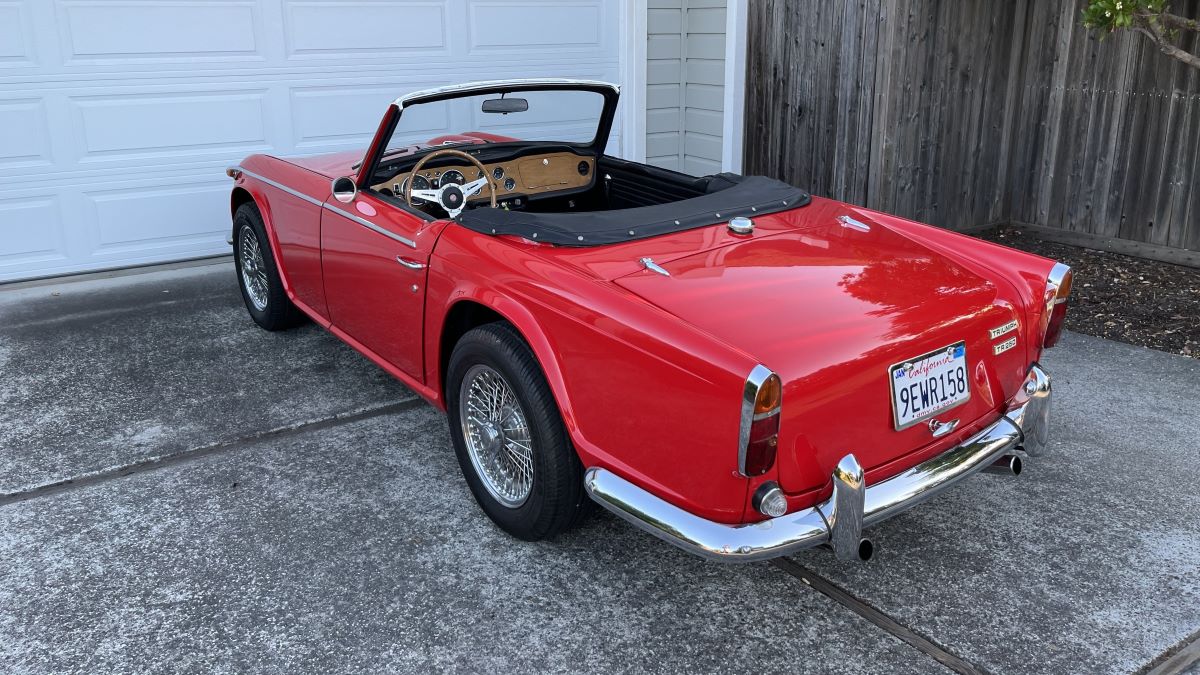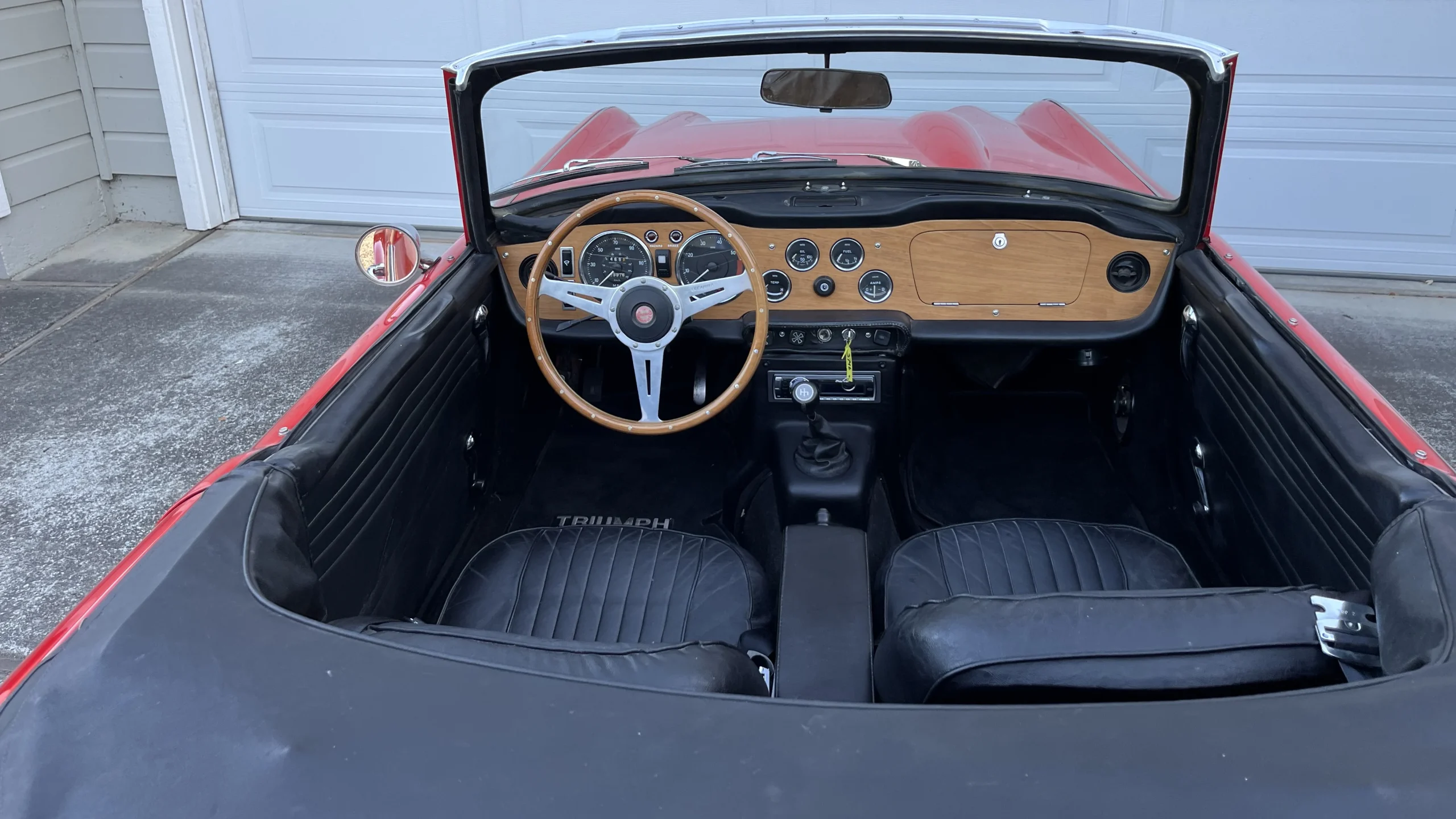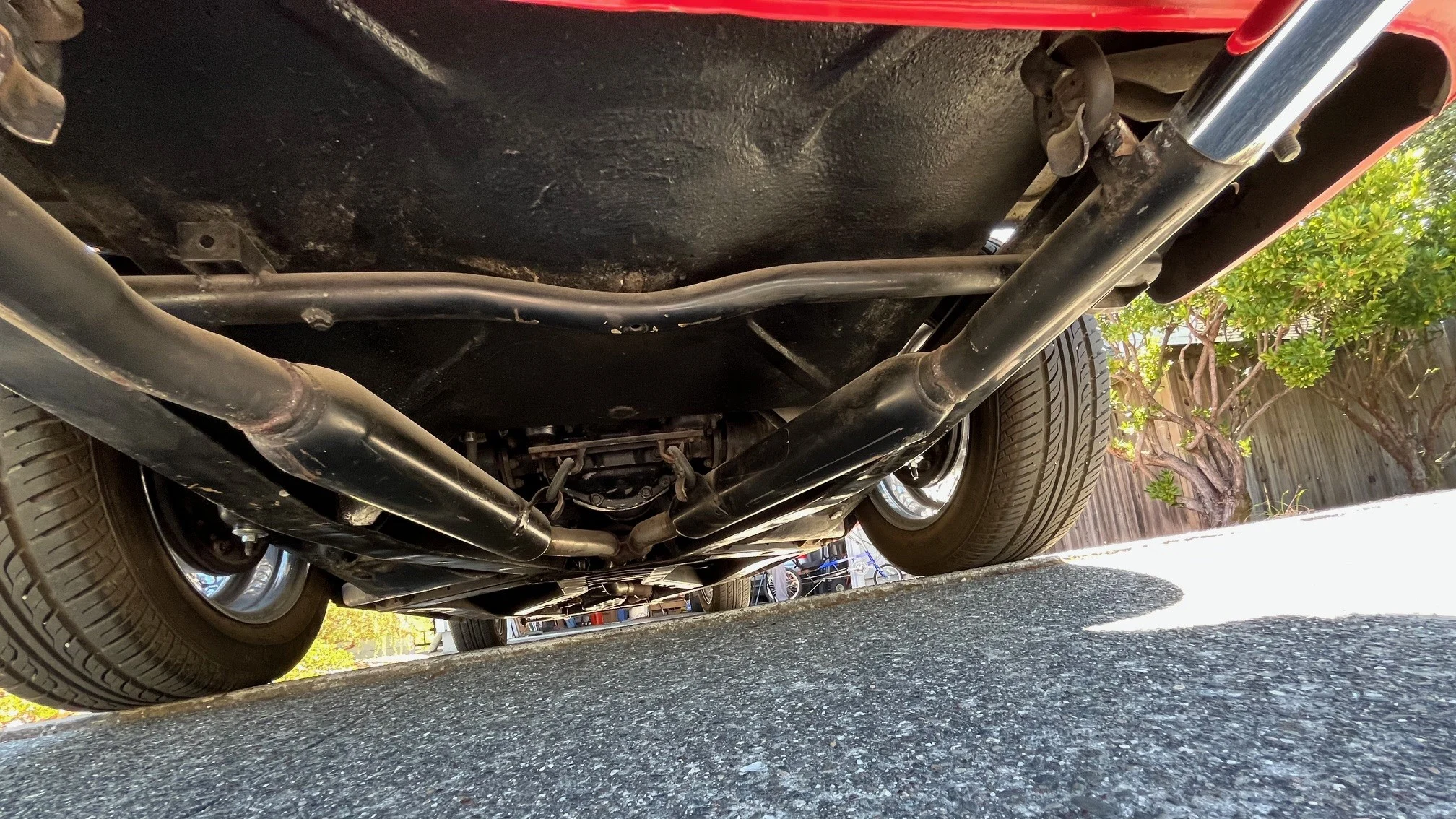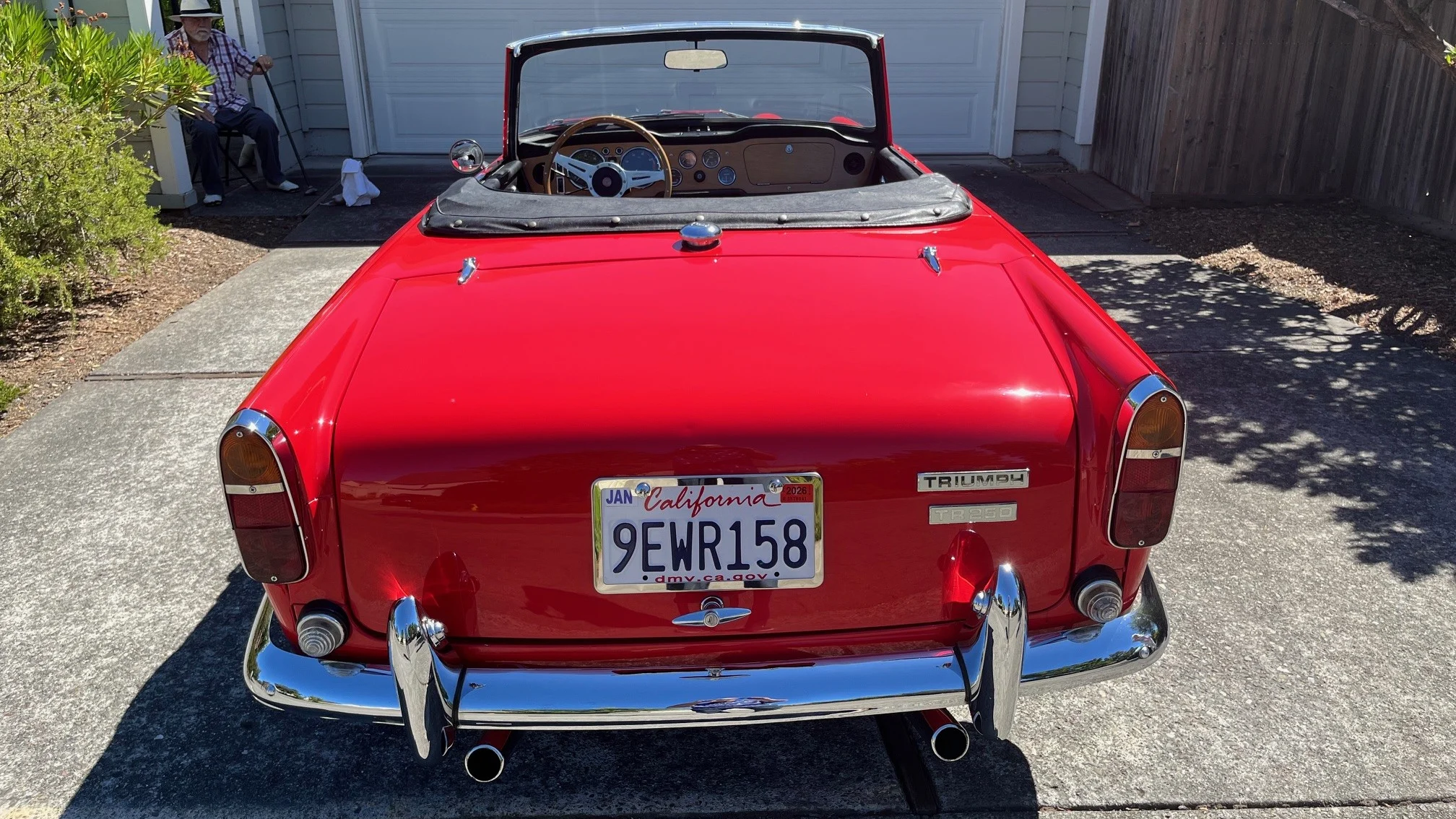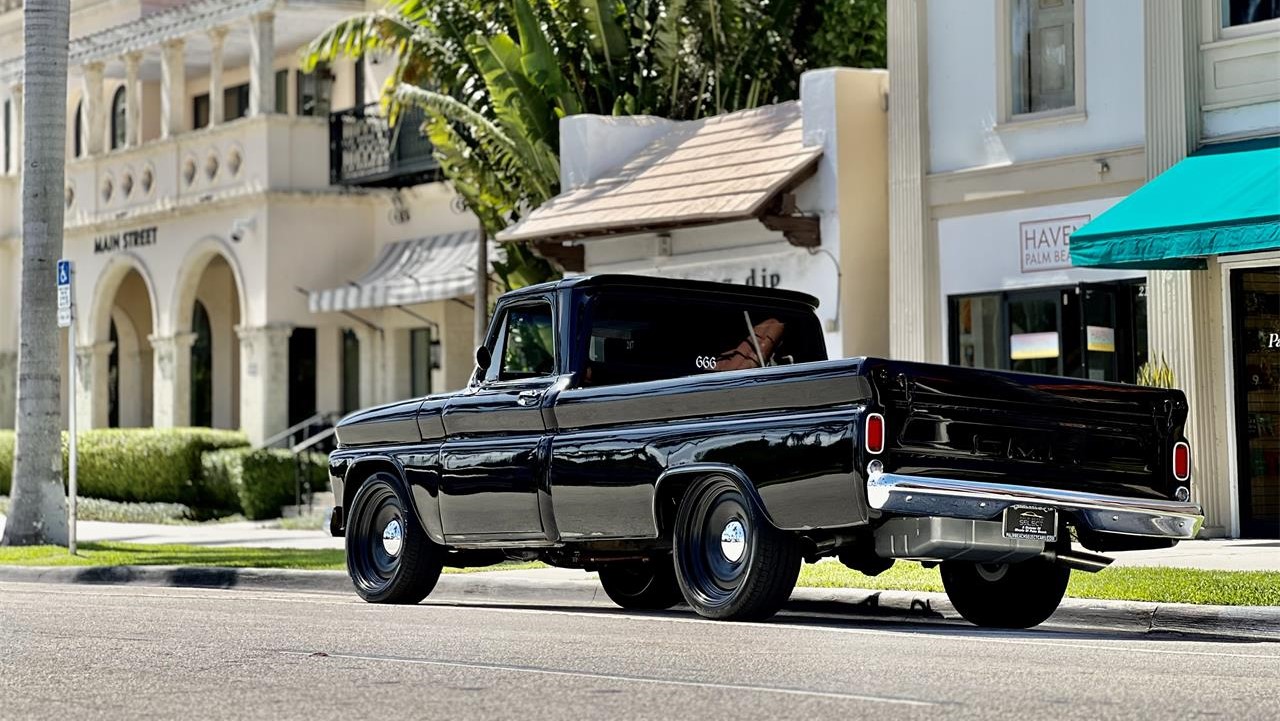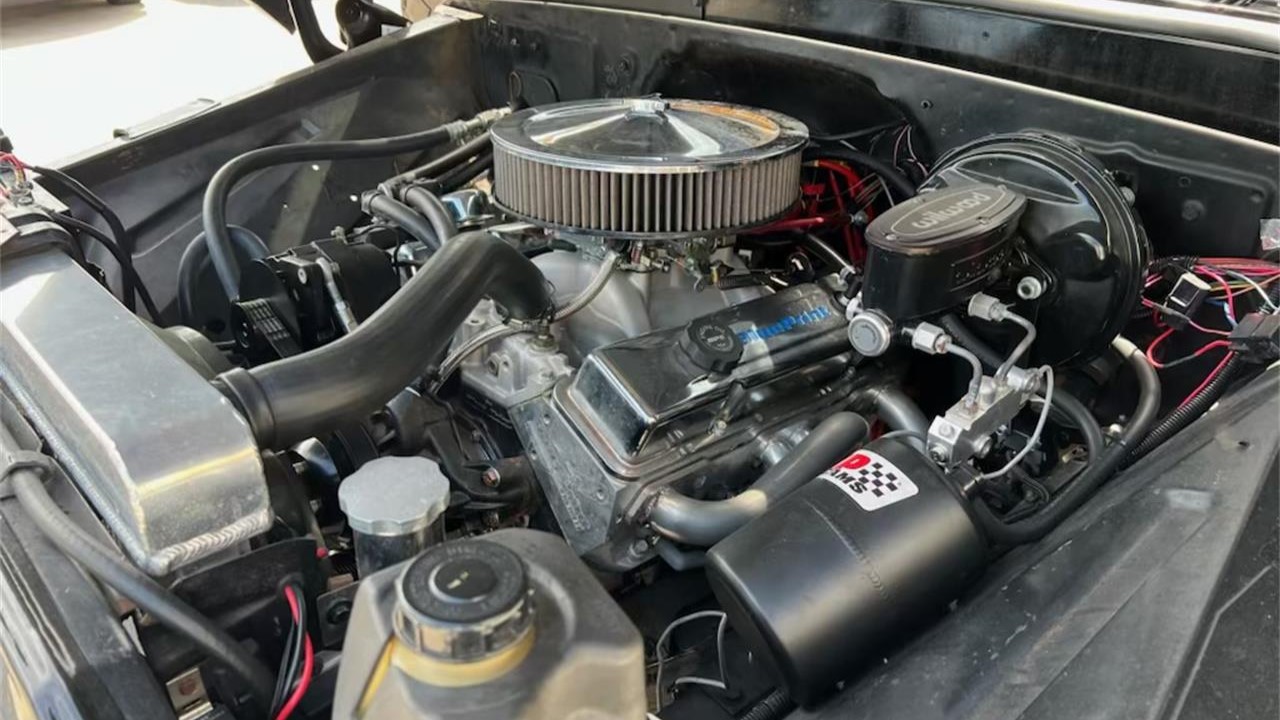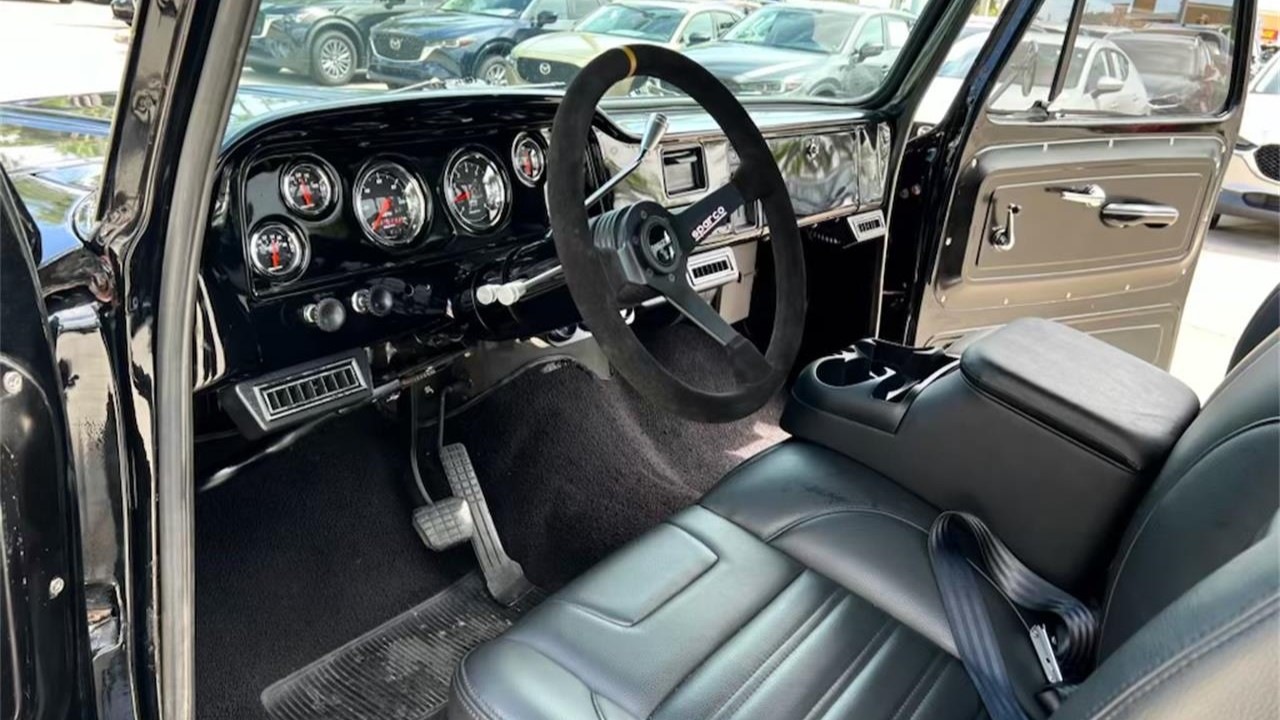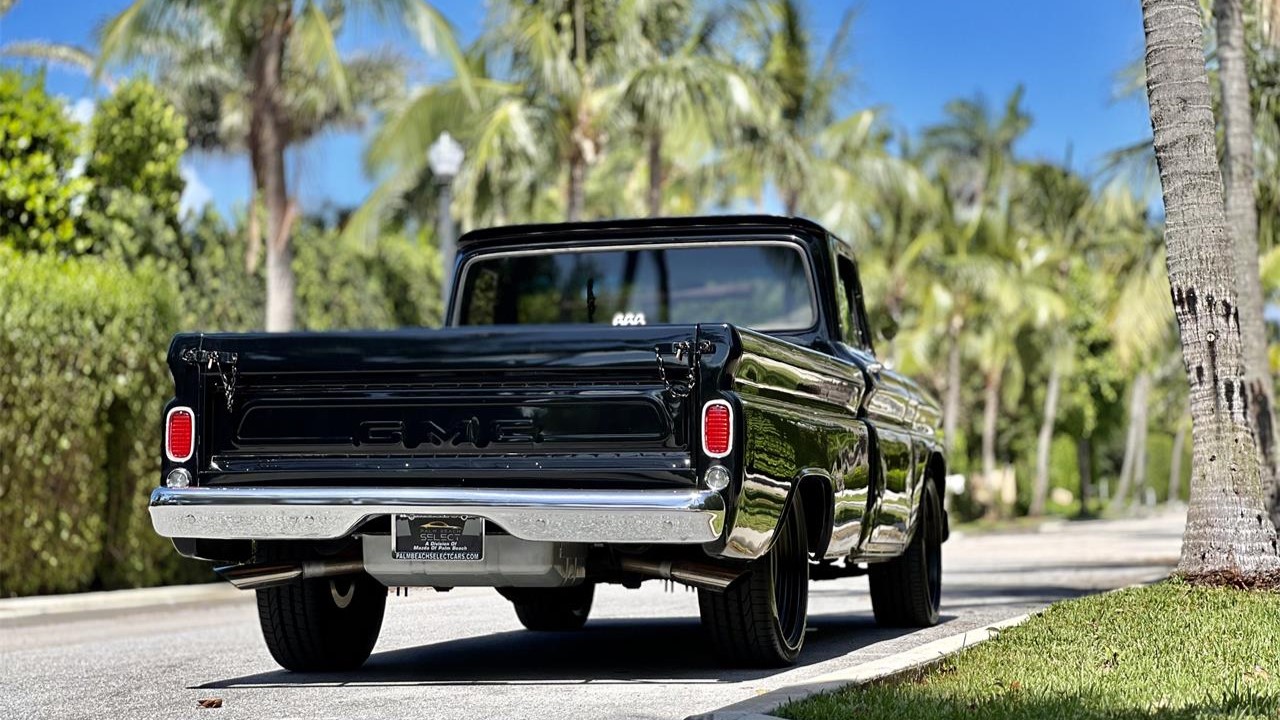Today’s Pick of the Day is a 1976 AMC Gremlin. If you have spent a lot of time around the classic car concours and show circuit, you have probably heard of the infamous Concours d’Lemons. This event is the brainchild of my friend Alan Galbraith, and he describes it as “the concours of misfit cars.” Basically, if you have nowhere else to go to show your car because it is thought of as a lemon, a car that is derided by just about everyone, or is a horrible example of an otherwise good car, then Concours d’Lemons is for you. This is one of the most fun events I have ever attended; both spectators and participants have a great time. There are numerous Lemons Concours events in North America, with the largest being held in conjunction with the Amelia Island Concours and during Monterey Car Week, which happens the day before the Pebble Beach Concours.
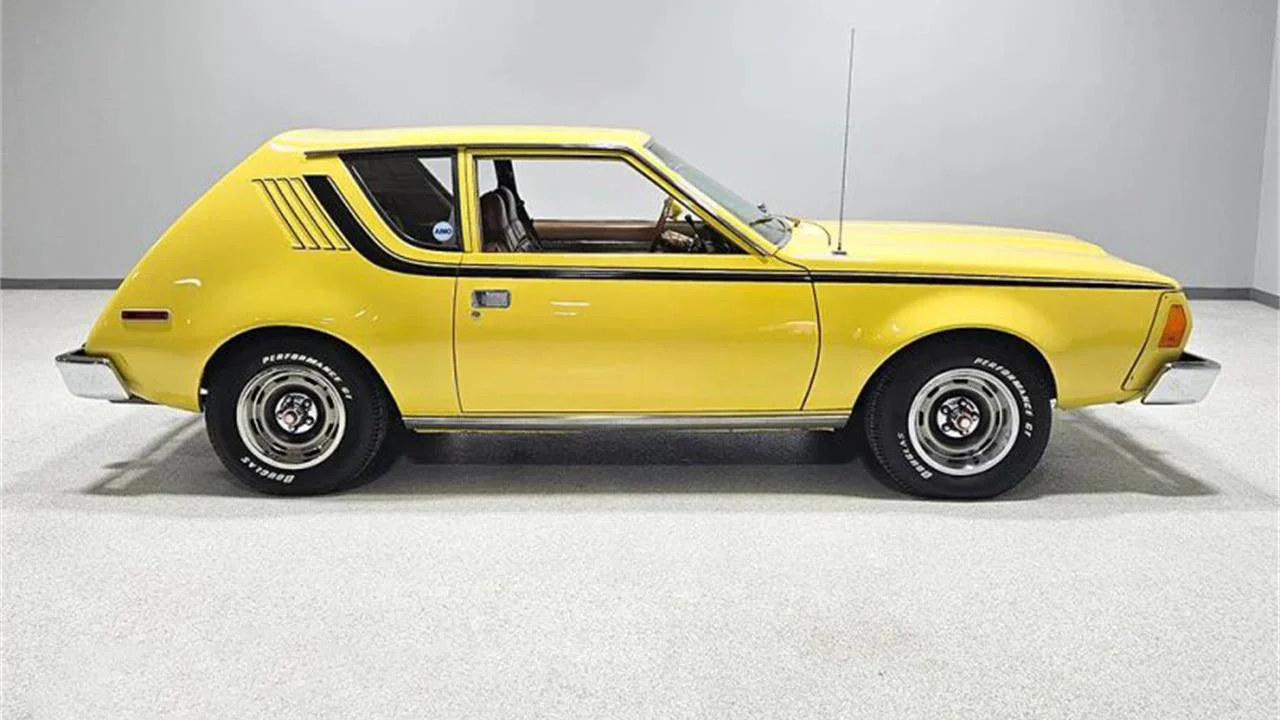
With that in mind, my Pick of the Day is a car that not only would be automatically accepted at any Lemons event, but one that also would also be in contention for the coveted Worst of Show award. It is listed for sale on ClassicCars.com by a dealer in Cleveland.
The AMC Gremlin was a subcompact car designed to compete with the new small cars coming from Europe and Japan. Rumor had it that both Ford and GM were developing new small cars for the segment, and AMC needed something to compete. According to legend, AMC designer Dick Teague sketched his concept—which involved shortening the rear end of a Javelin—on an air sickness bag. A young designer named Bob Nixon joined AMC and created the first official sketches of the Gremlin.
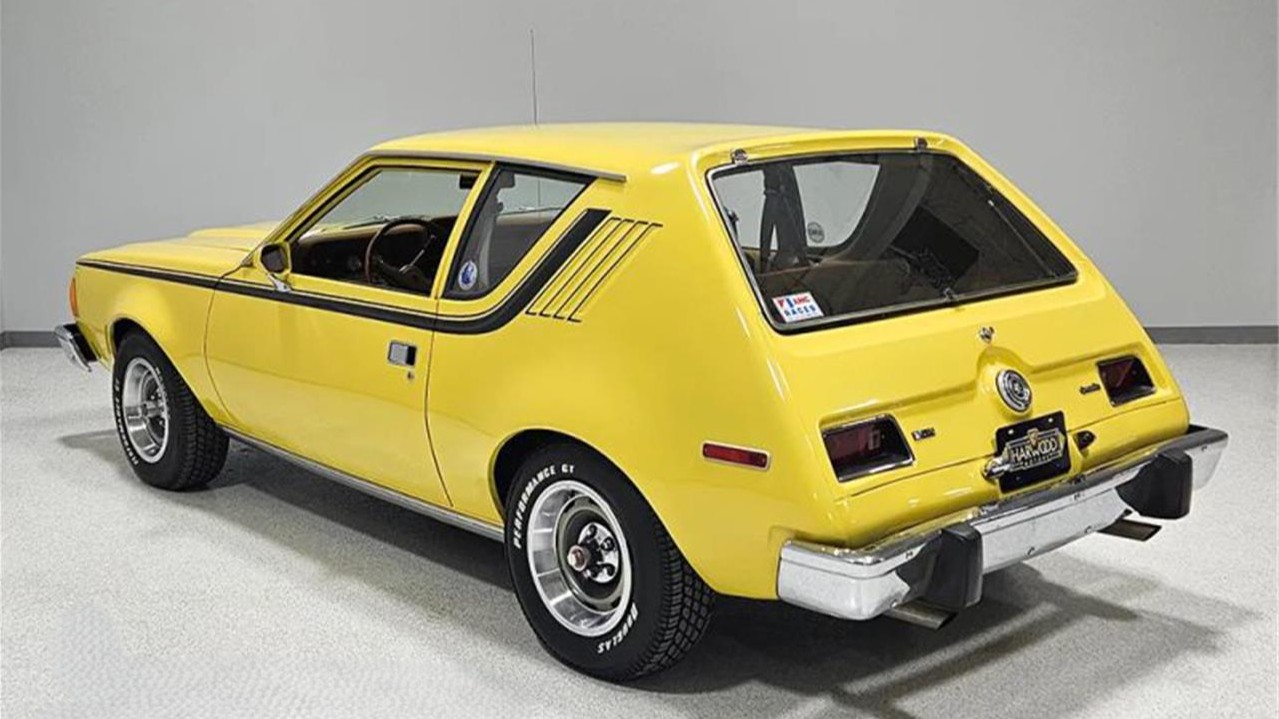
The Gremlin seen here is described by the seller as a 1976 model that shows 58,000 original miles. It has been repainted in its original correct Sunshine Yellow, and features stock Rally wheels and black stripes. The seller goes on to state that the bodywork is really nice, with laser-straight sheet metal and good gaps all around—even the plastic nose and gills in the sail panel are still in excellent condition with no signs of age-related deterioration. What little chrome and stainless trim there is on the car is also in great shape, as is the original glass, which shows no chips, delamination, or other issues.
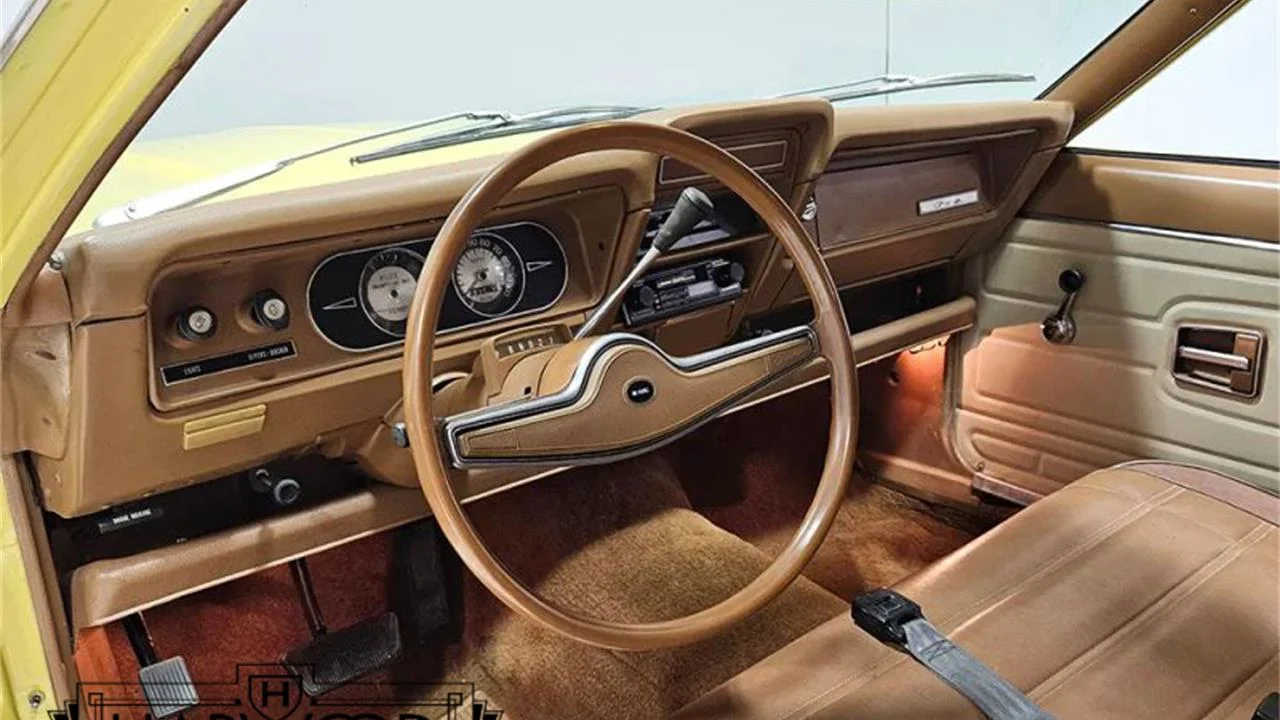
The listing says the tan vinyl interior is almost entirely original and still in excellent shape, with no splits or tears in any of the usual spots. The original door panels, steering wheel, and even the carpets are in outstanding original condition.
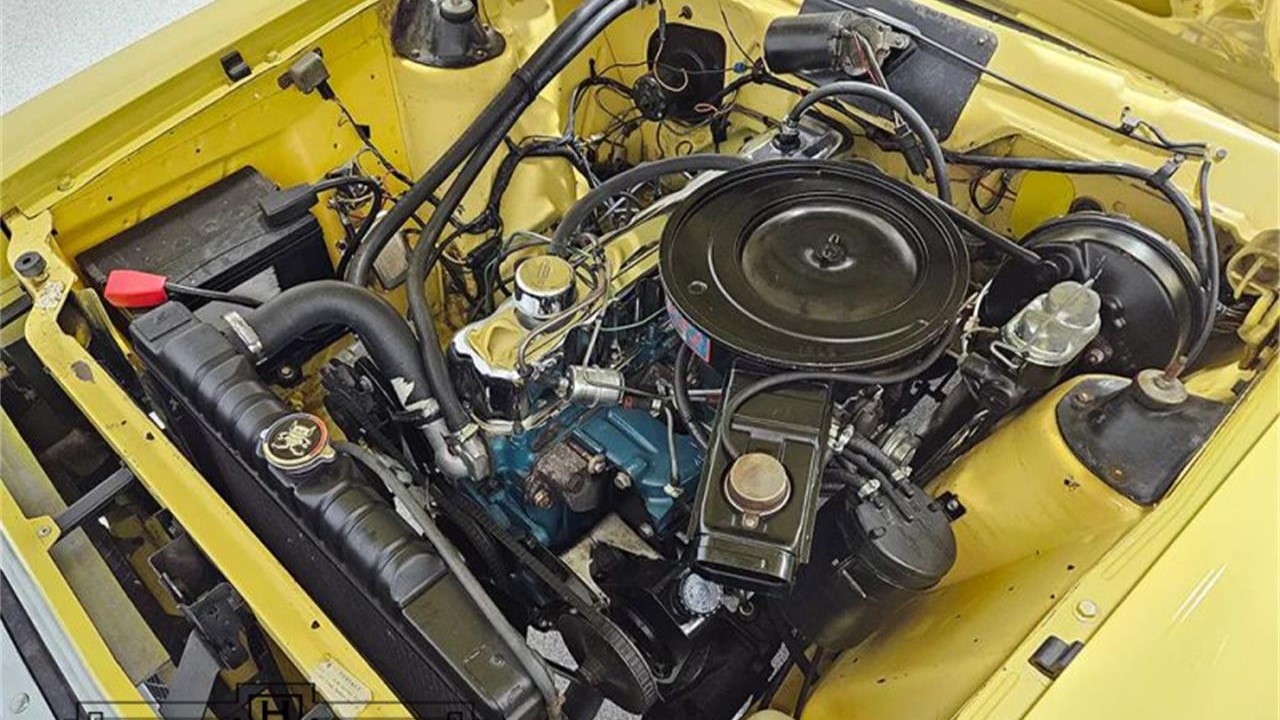
Under the hood everything looks as good as the body and interior, with a clean engine and an incredibly tidy engine compartment. Finding a Gremlin in this condition—one that still has its original engine and not received a V8 swap—is next to impossible. This has to be one of the best Gremlins on the planet.
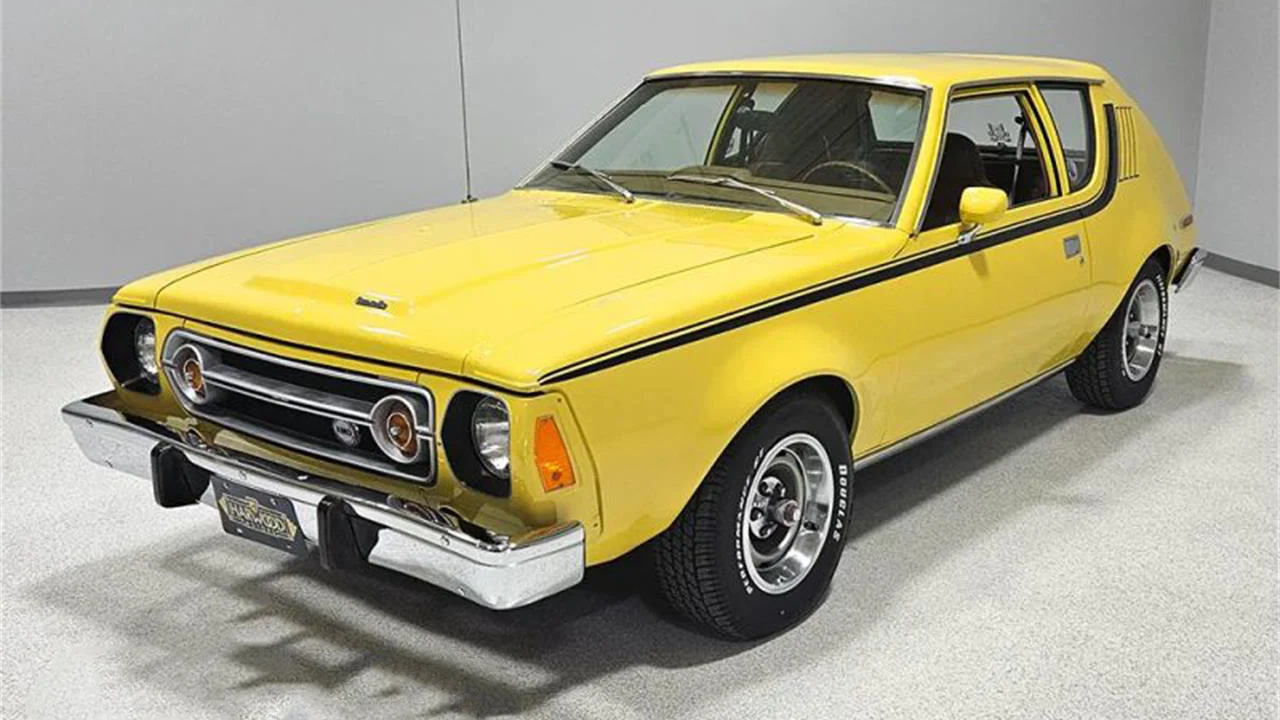
If your collector car taste runs more toward unique, forgotten, or underappreciated cars, and if you want to take a class win or even the Worst of Show event at the Concours d’ Lemons, you should consider this 1976 AMC Gremlin. At a price of only $24,900, it is about the same cost as booking a room at the Lodge at Pebble Beach during car week—and I am willing to bet you won’t see another one at any local show.
Click here to view this Pick of the Day on ClassicCars.com


























